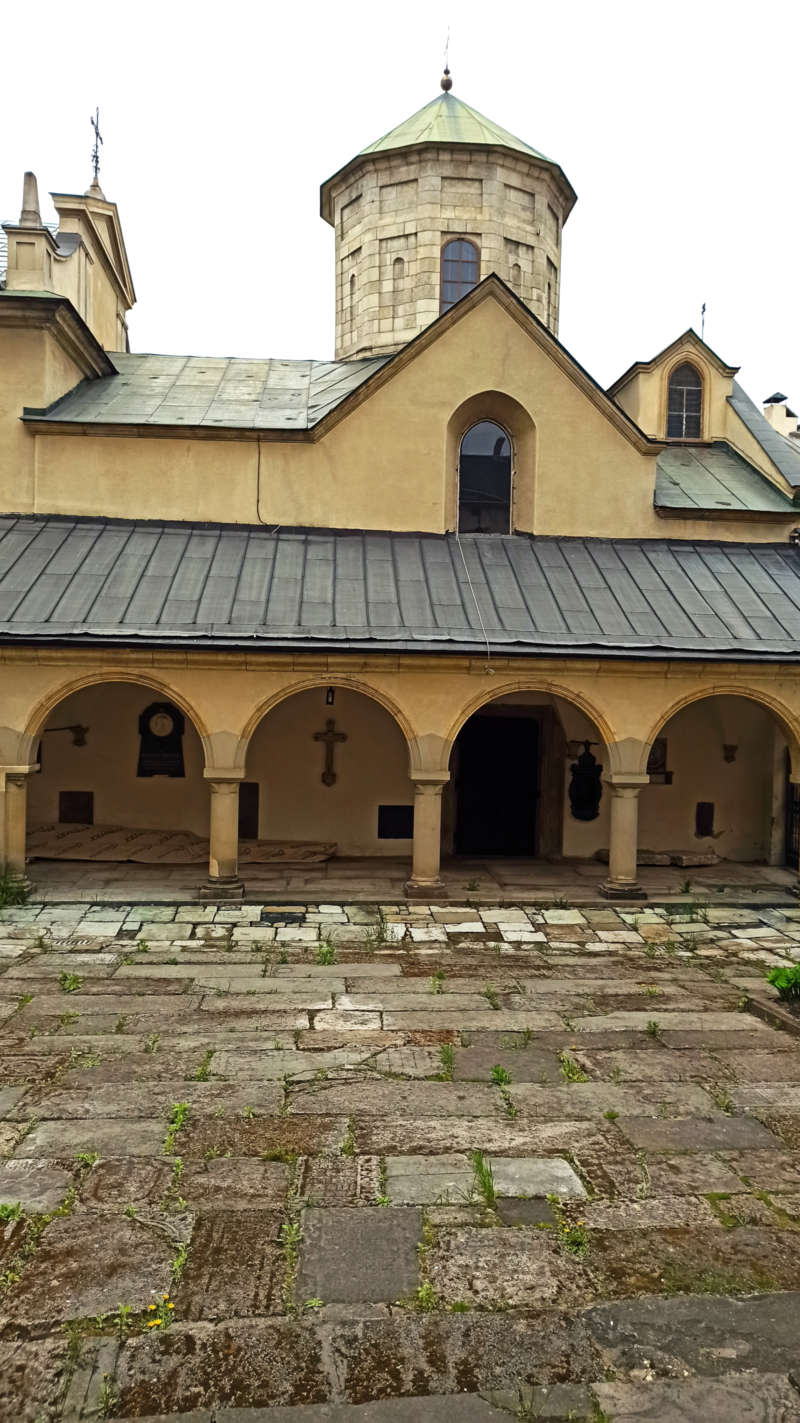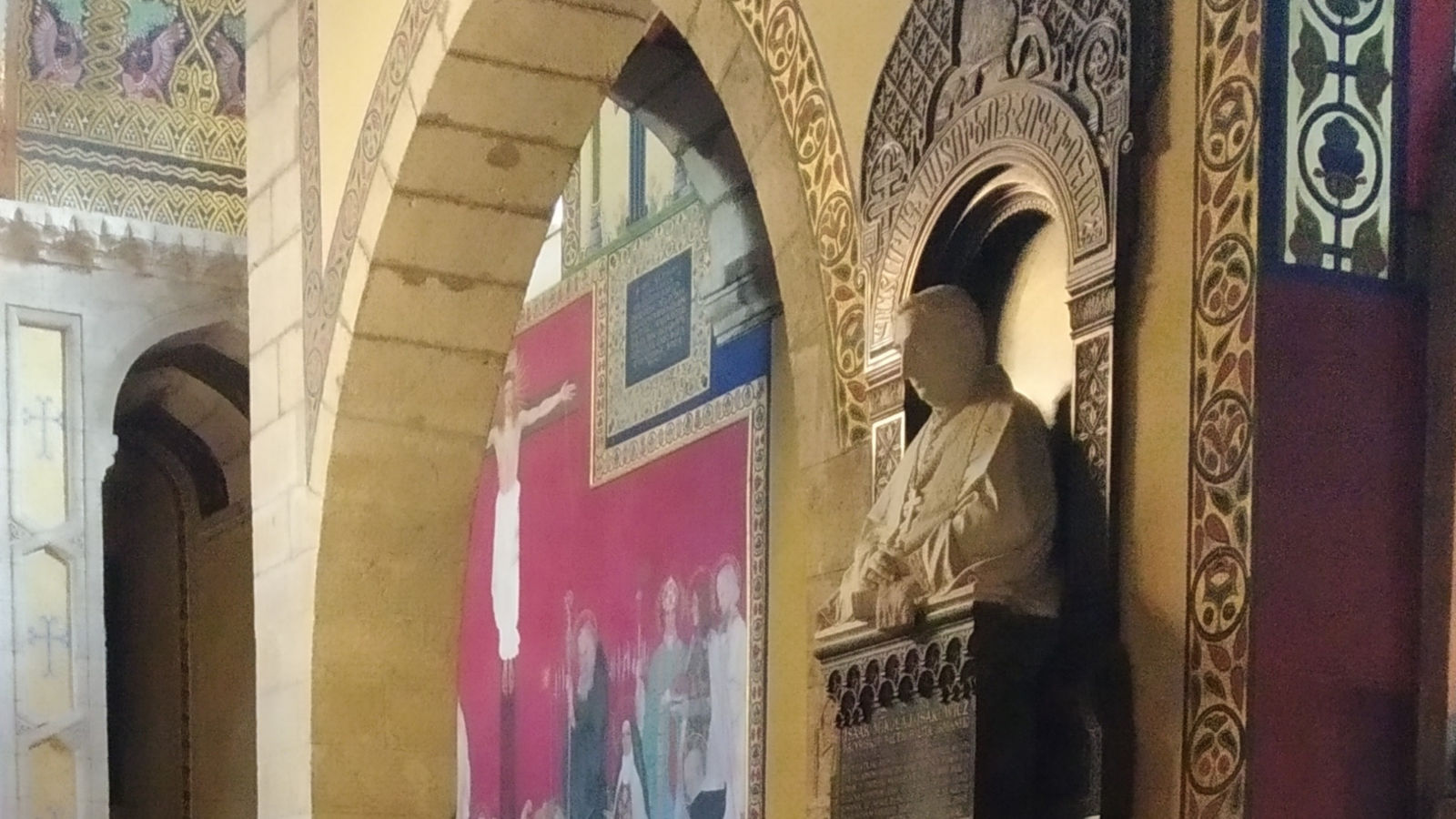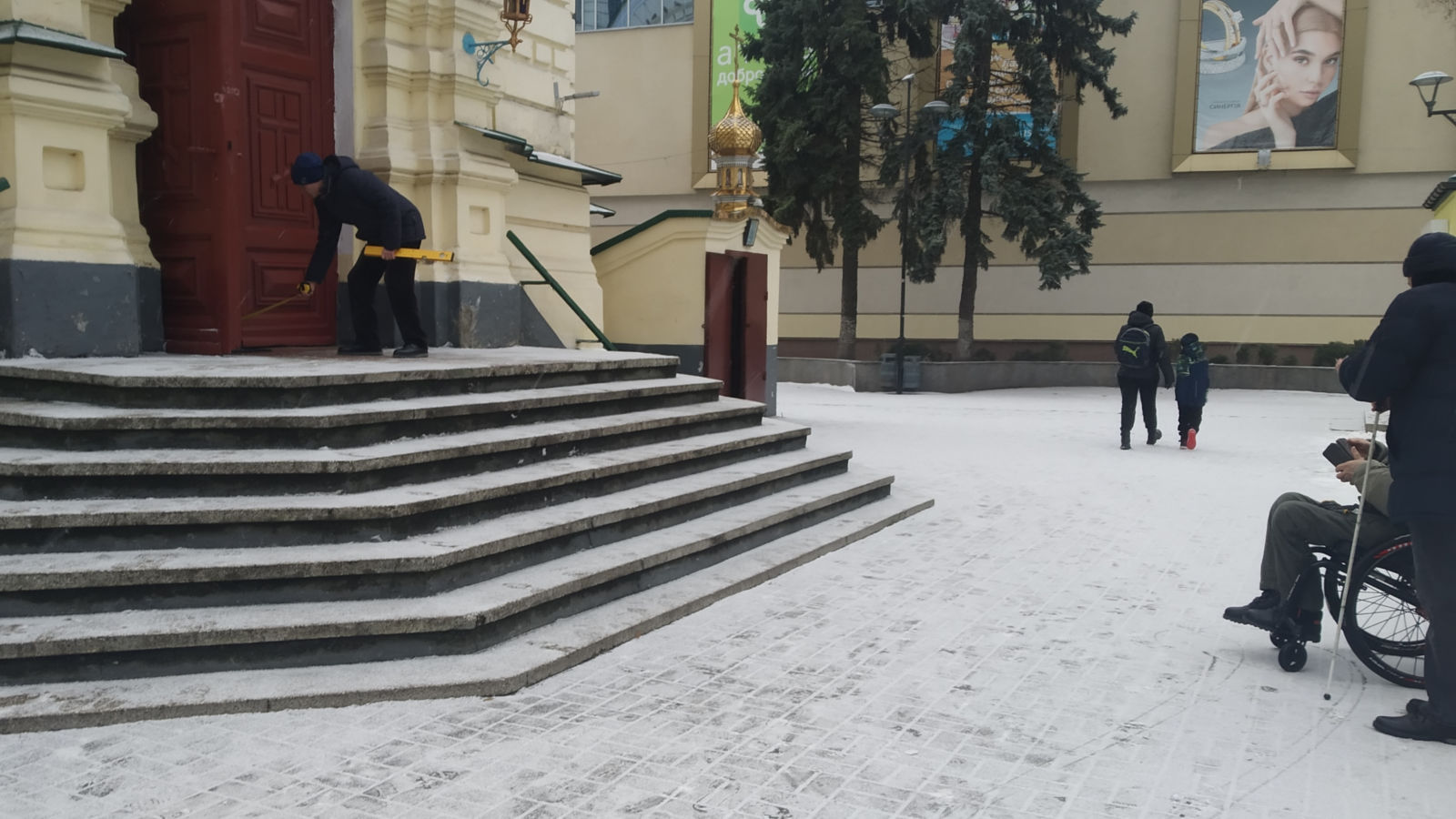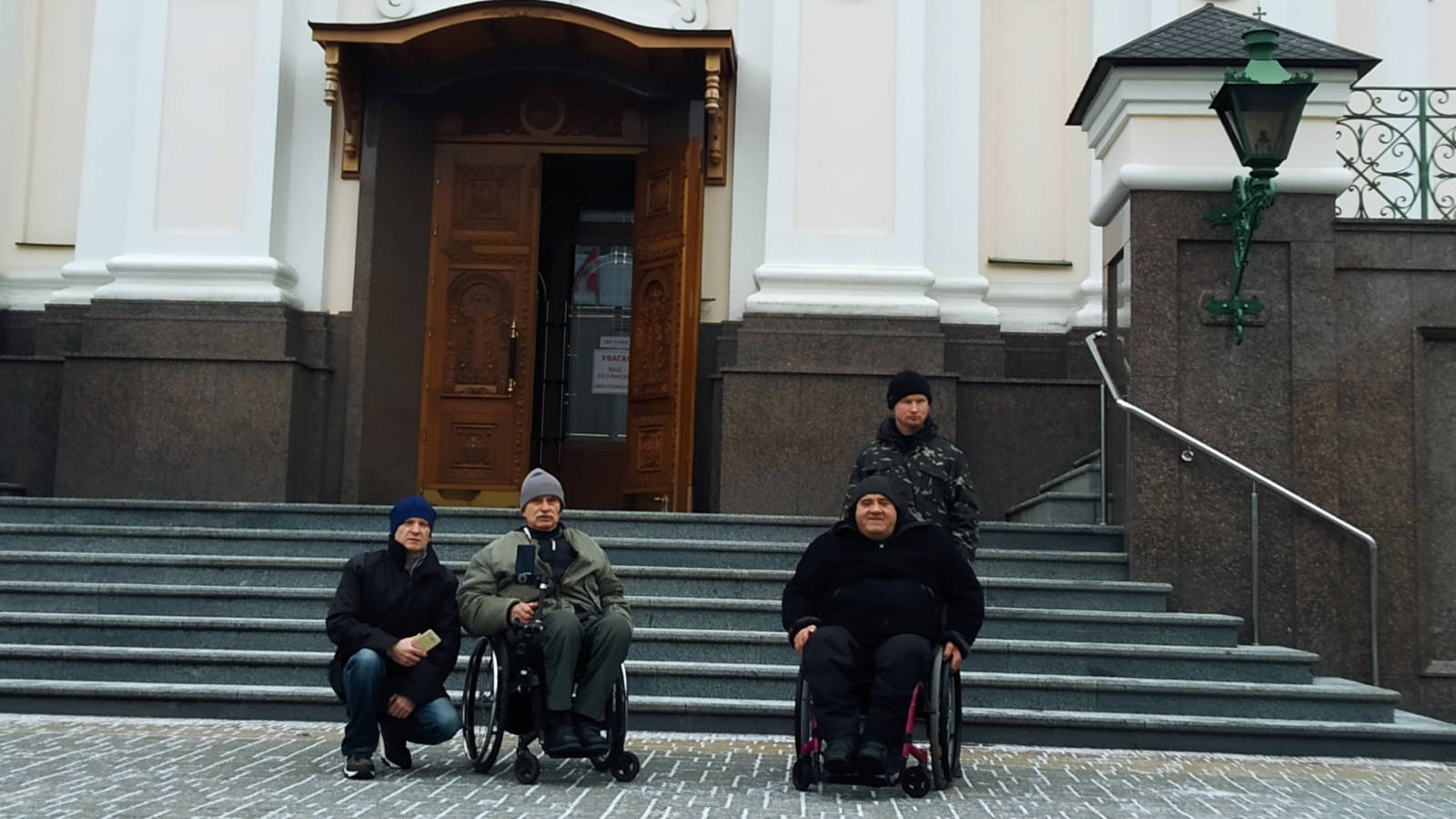In a wheelchair, you can enter the cathedral building only from the street. Krakivska near building No. 20, with outside help, as there is one step 8-10 cm high. The entrance gate to the Armenian Cathedral is quite broad - 2 m. Behind the entrance gate are tombstones from the 18th century. People with visual impairments are interested in touching the tiles and immersing themselves in Armenian culture.
It is possible to enter the church without barriers. The width of the entrance door is 1.2 m. If necessary, you can open the second half of the door of the same width.
In the cathedral's interior, it is possible to move freely in a wheelchair.
Without a toilet accessible to Persons with Reduced Mobility (PRM).
Description

Natural beauty awaits you inside the Armenian Cathedral! There is a feeling that you are entering an extraordinary fairy-tale world of the East. The temple consists of three parts, the oldest (14th century) is the altar part, the middle wide nave was completed in the 17th century after the Lviv Armenians accepted the union with the Vatican, and the main entrance was added at the beginning of the 20th century. The cathedral's interior was mainly completed in the 20th century, although much older monuments have been preserved.
The vault and the dome of the altar part are decorated with a Murano mosaic, which combines colored stones and enamel. The author of the mosaic decor was the famous Polish artist Józef Megoffer from Krakow. On the walls and pillars are carved stone crosses - khachkars, the oldest of which date back to the 14th-15th centuries; near the northern wall - an ancient niche - a baptismal font, where babies were baptized.
The frescoes of the temple were executed in the late 20s by a young artist from Warsaw - Jan Heinrich Rosen, and this was the beginning of his remarkable career. It is rare to see a 14th-17th century temple. With such beautiful paintings of the 20th century. In the late Art Nouveau style.
The central altar painting is "The Last Supper", and it is very unusual, primarily because all its participants are standing. Rosen focuses on the great sacrament - communion, which took place during the Last Supper when Jesus Christ turned his blood into wine and his body into bread and gave connection to the apostles for the first time. Judas is also here, and you can't see him right away - he, and his shadow, is written in the right corner. Judas has no face; he is the only one turned away from the wall, and only his hand betrays a man.
The peculiarity of the paintings is that the artist depicted famous persons, his contemporaries, and acquaintances in each figure. On the temple walls you can see more than two and a half hundred faces. So, for example, on the southern wall is a painting, "Crucifixion", where Rosen painted three Catholic archbishops of Lviv.
The "Burial of St. Odilon" on the northern wall of the central nave attracts the most attention. St. Odilon lived in France 1,000 years ago and is believed to have started the tradition of celebrating All Saints Day. The saint's body is carried by three monks, whom the artist endowed with a symbol of time: the last one in the hood is the past; we no longer see him; the first one is a young man with closed eyes. This is the future that does not yet see us, and the monk in the middle looks past us with surprise - he seems to feel someone's presence. Monks are accompanied by the souls of the dead carrying candles.
All this beauty only pleased the eyes of Lviv residents for a short time. In 1945, the Soviet authorities liquidated the Armenian Catholic Church, sent its leading clerics to the camps, and most Armenian Catholics left for Poland. The temple was closed and given to the museum fund storage. Only in 2001 did the Armenian Cathedral open again for the faithful and tourists. Thousands of people come to the temple for prayer and for the beauty that has delighted us for centuries and makes us kinder, more prosperous, and more tolerant.
Address, contacts St. 7/13 Virmenska, Lviv


